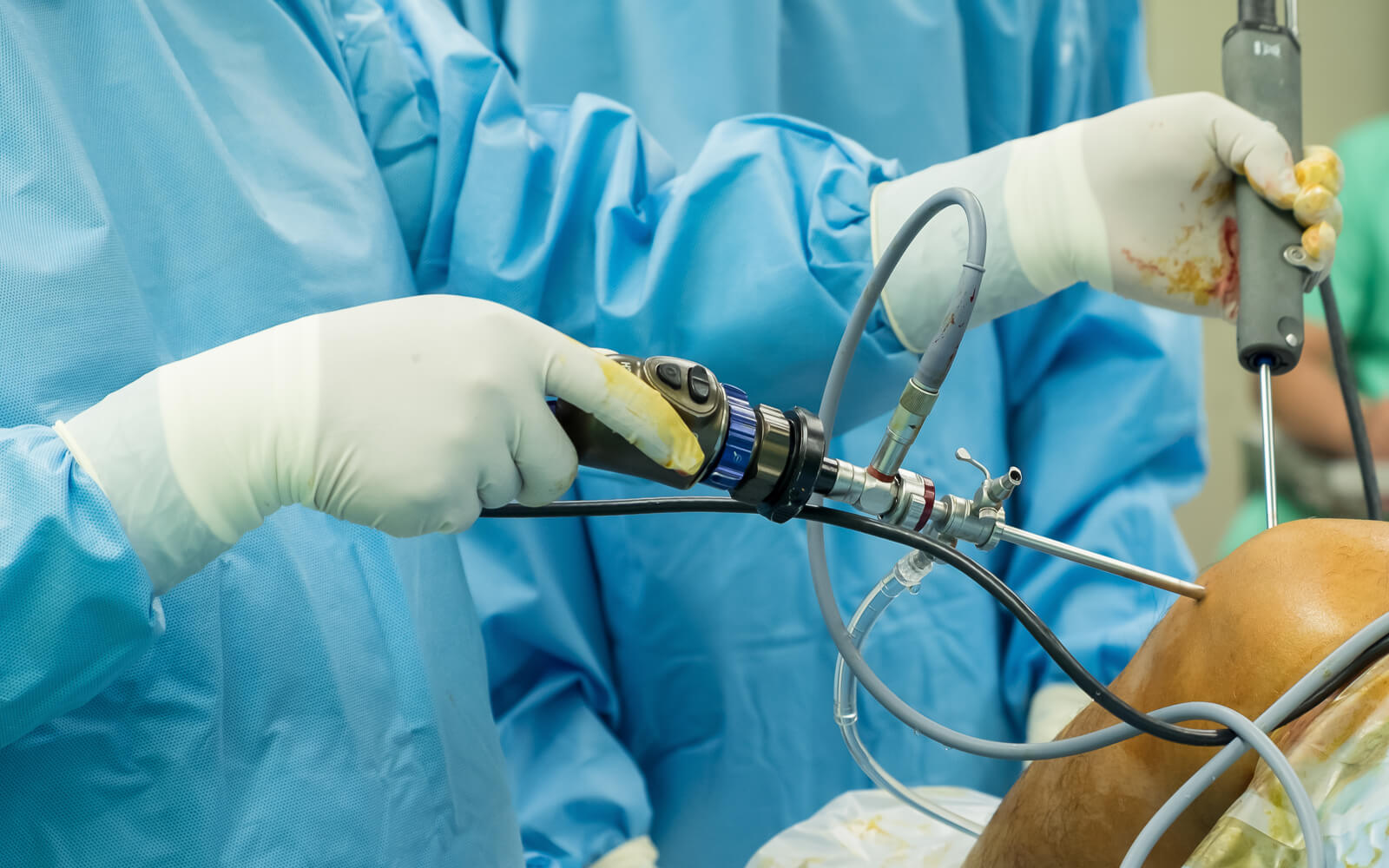The annual incidence of total knee replacement (TKR) after arthroscopic surgery for OA was 2.62% (95% CI 1.73–3.51%). The annual incidence of TKA following arthroscopy in four separate groups defined by data source (registry vs. clinical cohort) and whether the sample was selected for disease progression (either age or OA severity). In unselected registry studies the annual TKA incidence was 1.99% (95% CI 1.03–2.96%), compared to 3.89% (95% CI 0.69–7.09%) in registry studies of older patients. In unselected clinical cohorts the annual incidence was 2.02% (95% CI 0.67–3.36%), while in clinical cohorts with more severe OA the annual incidence was 4.13% (95% CI 1.81–6.44%). The mean and median duration between arthroscopy and TKA (years) were 3.4 and 2.0 years. The findings suggest that OA patients undergoing arthroscopy and their physicians should anticipate an annual rate of TKA on the order of 2%, with higher rates among older patients and those with more advanced OA. These findings should be shared with patients when clinicians discuss the advantages and drawbacks of arthroscopy.
Conclusions: Clinicians and patients considering knee arthroscopy should discuss the likelihood of subsequent TKA as they weigh risks and benefits of surgery. Patients who are older or have more severe OA are at particularly high risk of TKA. Arthroscopy should be reserved for those patients without bone on one changes, reasonable alignment, mechanical symptoms, and instability/pain due to their mechanical symptoms.
Reference:
Winter AR, Collins JE, Katz JN.
BMC Musculoskelet Disord. 2017 Oct 4;18(1):408. doi: 10.1186/s12891-017-1765-0. Review.
PMID: 28978308





